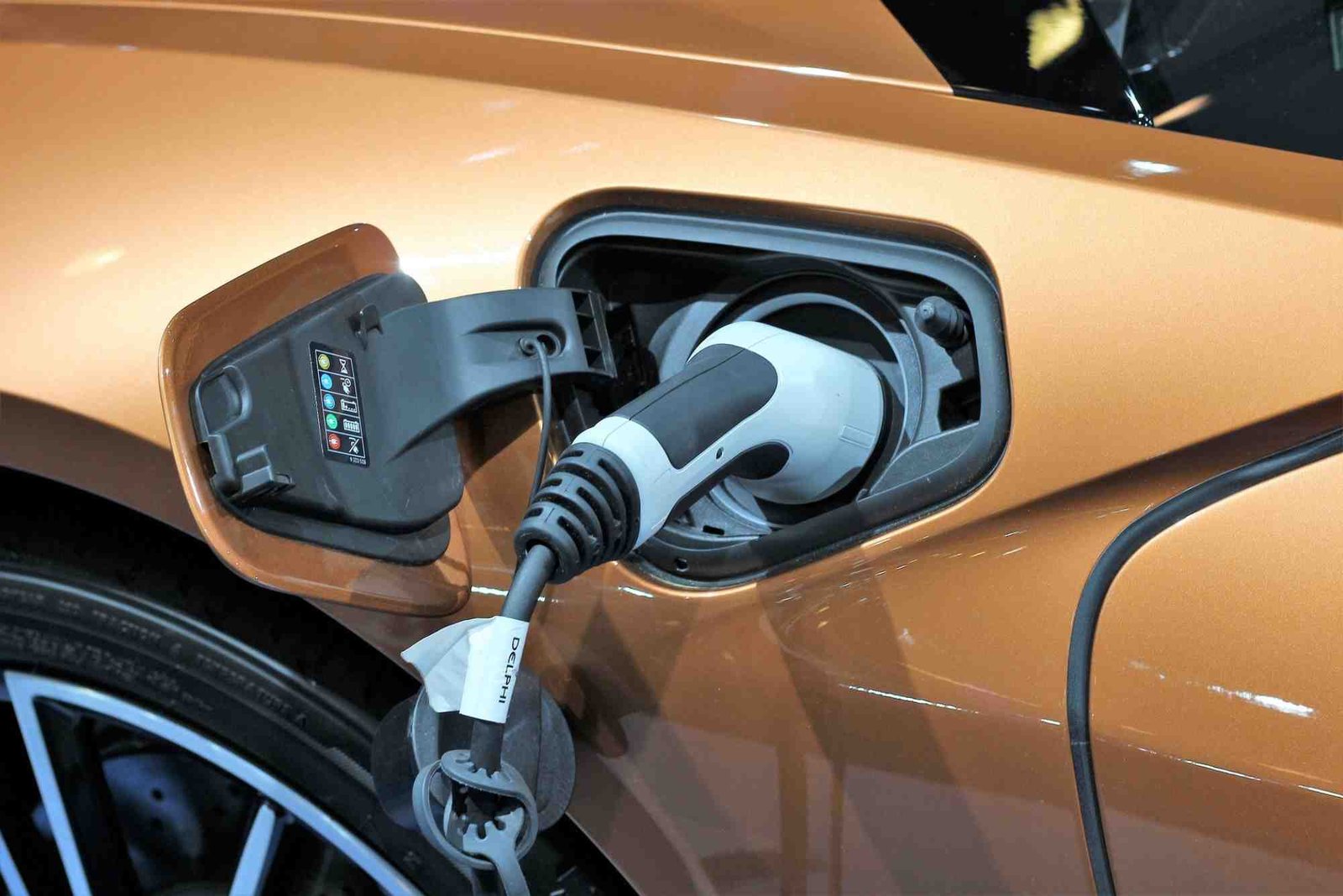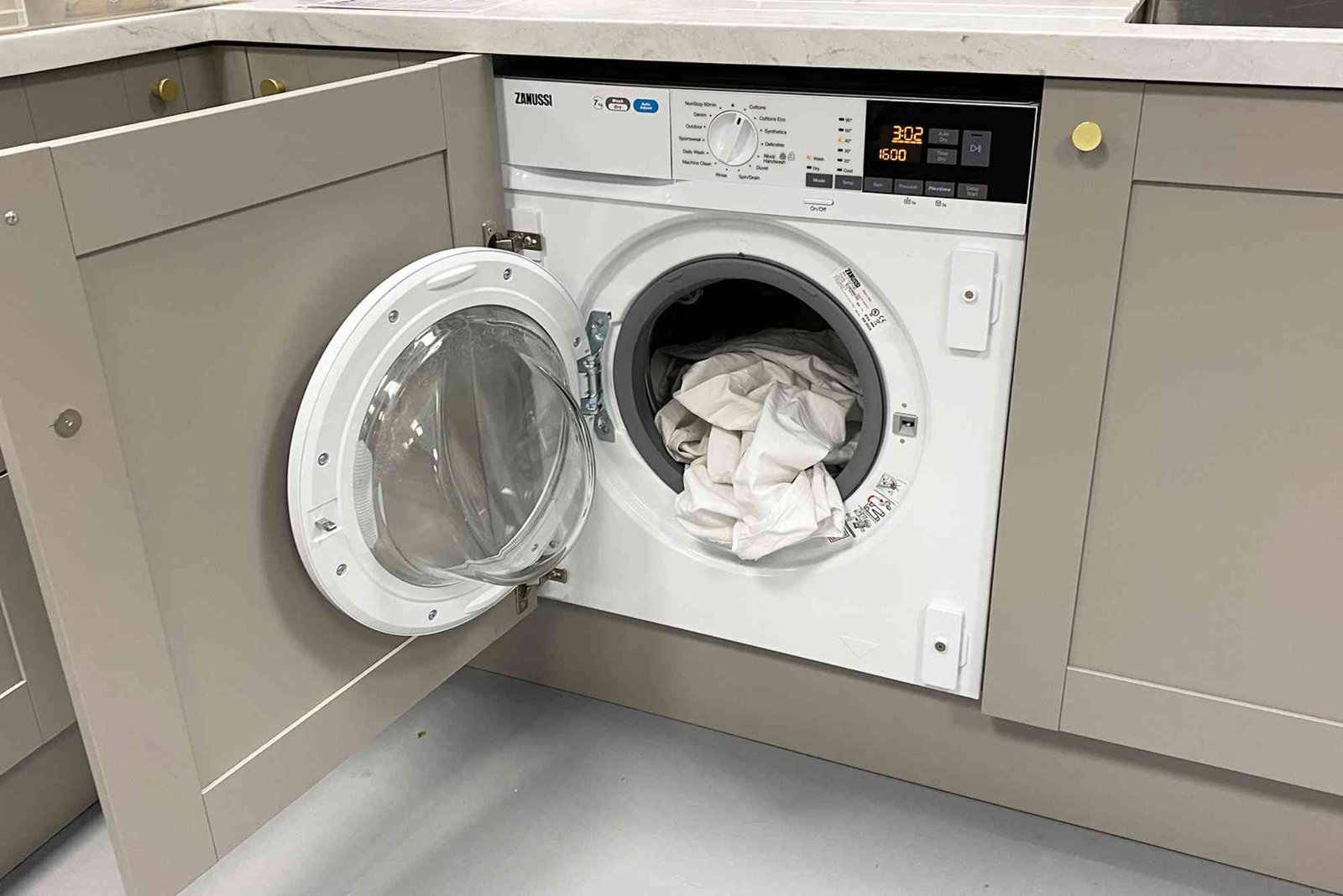Introduction
Electric vehicles (EVs) are redefining modern transportation. As more people switch to cleaner mobility options, understanding how to charge your electric car efficiently has become essential. Proper charging not only keeps your EV running smoothly but also helps extend the battery life and reduce energy costs.
This article offers practical tips to charge your electric car — from selecting the right charger to maximizing efficiency and safety. Whether you are a new EV owner or planning to buy one soon, this guide will help you charge smarter and drive farther.
Understanding the Basics of Charging Your Electric Car
Before exploring specific techniques, it’s important to understand the basics. Electric cars rely on stored energy in lithium-ion batteries, which can be recharged using different charging levels.
Charging — Standard Household Outlet
This is the simplest method, where you plug your EV into a regular 120-volt outlet. It’s ideal for overnight charging, offering around 4–5 miles of range per hour.
Charging — Faster and More Efficient
Level 2 chargers operate on 240 volts and can recharge most EVs within 4–8 hours. They’re perfect for home or workplace installation if you drive daily.
Charging — DC Fast Charging
These chargers use direct current (DC) and are usually available at public stations. They can charge an EV battery up to 80% in just 30 minutes.
Understanding these levels helps you choose the right solution for your driving habits and environment.
Practical Tips to Charge Your Electric Car Efficiently
Charging an EV might seem simple, but efficiency and battery health depend on how you do it. The following tips can make your charging experience more reliable and cost-effective.
Charge During Off-Peak Hours
Electricity prices vary throughout the day. Charging your electric car at night, when rates are lower, can reduce costs significantly. Many utilities even offer special EV-friendly plans for nighttime charging.
Avoid Letting the Battery Fully Drain
Unlike older battery technologies, lithium-ion batteries perform best when not completely drained. Keep your charge between 20% and 80% for optimal performance and long-term health.
Use Manufacturer-Approved Chargers
Always use chargers recommended by your car manufacturer. They are designed for your battery’s specific voltage and safety needs. Using unauthorized chargers may damage the battery or void warranties.
Install a Home Charging Station
Installing a Level 2 charging station at home is one of the best decisions for EV owners. It saves time, ensures safety, and provides flexibility. Make sure it’s installed by a certified electrician.
Check Charging Station Compatibility
Before using public stations, verify they match your vehicle’s charging port. Apps like PlugShare or ChargePoint can help locate compatible chargers near you.
Keep Charging Ports Clean
Dirt or moisture in charging connectors can affect power transfer efficiency. Use a dry cloth to clean the port and cable ends regularly.
Monitor Charging Through Mobile Apps
Most electric cars come with companion apps that track charging status, estimated range, and cost. Monitoring helps you avoid overcharging and plan drives better.
Park in Cool or Shaded Areas
Extreme temperatures can affect battery efficiency. If possible, park and charge your EV in shaded or indoor locations to maintain stable battery temperature.
Safety Measures While Charging Your Electric Car
Electric cars are safe, but taking precautions ensures even greater protection for you and your vehicle.
Avoid Extension Cords
Using extension cords for charging can lead to overheating and short circuits. Always connect the charger directly to the wall outlet or dedicated circuit.
Inspect Cables Regularly
Before every charge, check for frayed cables or loose connections. Replacing damaged cables immediately prevents potential fire hazards.
Ground Your Charging Setup
Ensure your home charging setup is properly grounded. An ungrounded connection may lead to electric shocks or equipment damage.
Stay Dry During Charging
Avoid charging in wet or rainy conditions unless your charger is rated for outdoor use. Moisture can increase the risk of electrical faults.
Maximizing Battery Life While Charging
A well-maintained battery means a longer vehicle lifespan. The way you charge directly impacts battery performance over time.
Don’t Overcharge
Modern EVs have protection systems, but frequently charging to 100% can still strain the battery. Use 80–90% as your regular limit.
Avoid Rapid Charging Too Often
While DC fast charging is convenient, it generates extra heat that can degrade the battery over time. Use it occasionally for long trips, not daily use.
Keep Software Updated
Manufacturers often release updates to improve charging algorithms and battery management. Always keep your EV software up to date.
Drive Regularly
If you leave your EV unused for long periods, the battery may deplete naturally. Try to drive or at least start the vehicle weekly to keep it active.
Cost-Effective Charging Strategies
Electricity prices vary depending on time, region, and usage. Smart charging helps you save money without compromising performance.
Set a Charging Schedule
Many EVs allow you to set a charging timer. You can program it to begin charging during low-rate hours automatically.
Utilize Renewable Energy
If your home has solar panels, schedule charging during the day when solar energy is available. This approach is eco-friendly and reduces your electricity bills.
Use Public Chargers Strategically
While public chargers can be convenient, they may cost more. Use them mainly for emergencies or long trips instead of daily reliance.
Track Charging Costs
Apps or onboard systems can calculate energy consumption and cost per mile. Tracking helps you adjust your charging habits efficiently.
Common Mistakes to Avoid When Charging Your Electric Car
Even experienced EV owners make errors that affect performance. Avoid these to ensure your car remains in peak condition.
Plugging In After Every Trip
There’s no need to recharge after every short drive. Allow the battery to discharge to around 40–50% before recharging.
Ignoring Firmware Updates
Skipping software updates can result in inefficient charging or even safety issues. Regularly check your app or dashboard notifications.
Using Low-Quality Cables
Cheap or unbranded cables may not handle power safely. Always buy accessories from reliable sources or the car manufacturer.
FAQs
How long does it take to charge an electric car at home?
The time depends on the charger type. Level 1 can take 8–12 hours, while Level 2 usually completes charging in 4–8 hours.
Can I charge my EV every day?
Yes, you can. Daily charging is fine as long as you avoid overcharging or draining the battery completely.
Is it cheaper to charge an EV at home or at public stations?
Charging at home during off-peak hours is usually more affordable. Public stations may charge higher rates.
What happens if I leave my car plugged in overnight?
Modern EVs automatically stop charging once full. However, it’s still best to unplug when done to conserve energy.
Do electric cars lose charge when parked?
Yes, slightly. Batteries lose a small percentage over time due to standby systems. Parking in moderate temperatures helps reduce this.
Charging your EV is more than just plugging in; it’s a lifestyle change toward sustainability. By following these practical tips to charge your electric car, you reduce emissions, save money, and promote cleaner energy use.
As EV infrastructure grows worldwide, understanding smart charging methods will make you a more responsible and informed driver. If you’re eager to explore more on EVs and related technology, check out this Related Automobile article for additional insights.
For in-depth details on EV topics and the latest automotive trends, visit How To Charge Your Electric Car. And if you want official guidelines and government-approved EV programs, Learn more directly from trusted sources.




